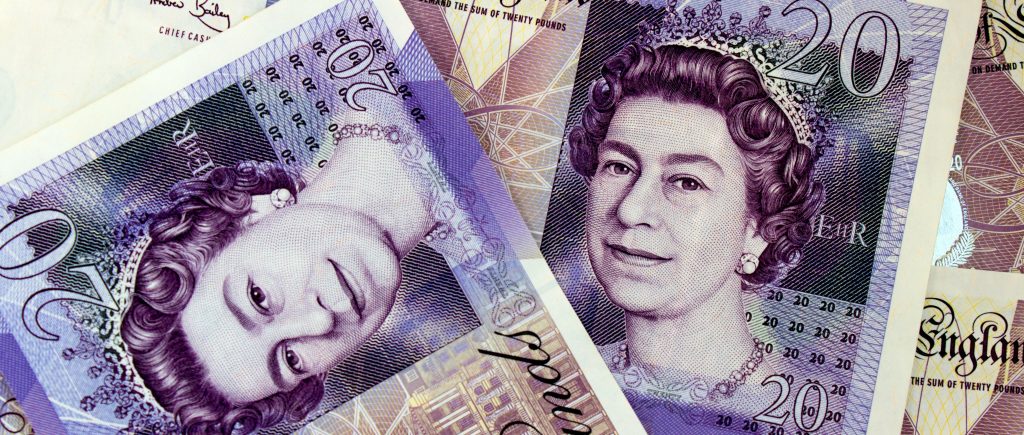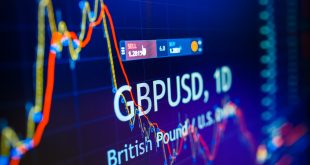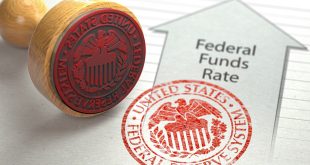The Pound Sterling (GBP) struggled to surpass the 1.3400 mark against the US Dollar (USD) as investors anxiously awaited the Federal Reserve’s (Fed) interest rate guidance. Despite recent signs of easing inflation, the Fed’s fight against rising prices continues.
While the overall inflation rate decreased, the core inflation measure, which excludes food and energy costs, increased in August. This suggests that inflationary pressures persist, prompting the Fed to maintain a cautious stance.
Markets anticipate further interest rate cuts from the Fed due to the decline in inflation. However, the Fed’s concern about potential economic challenges and job market risks may limit the extent of these cuts.
Investors are closely examining various US economic indicators this week to assess the health of the job market and economy. The ISM Manufacturing and Services PMIs, ADP Employment, Nonfarm Payrolls, and JOLTS Job Openings data will provide valuable insights.
The speech by Federal Reserve Chair Jerome Powell is highly anticipated. Market participants are seeking clarity on the Fed’s future interest rate policy, particularly whether the central bank will maintain its current pace of cuts or adopt a more aggressive approach.
The Pound Sterling has shown strength compared to major currencies, excluding those from Asia-Pacific. This is primarily attributed to the expectation that the Bank of England (BoE) will not implement as aggressive interest rate cuts as other G-7 nations.
The Pound Sterling was supported by revised UK GDP growth estimates, which were slightly lower than initial projections. Investors are also closely watching the speech by BoE’s external member, Megan Greene, for potential clues about the central bank’s monetary policy direction.
Technically, the GBP/USD pair remains bullish, but a failure to break above the year-to-date high could lead to a decline. Support levels are located at 1.3359, 1.3312, and 1.3248.
 Noor Trends News, Technical Analysis, Educational Tools and Recommendations
Noor Trends News, Technical Analysis, Educational Tools and Recommendations





